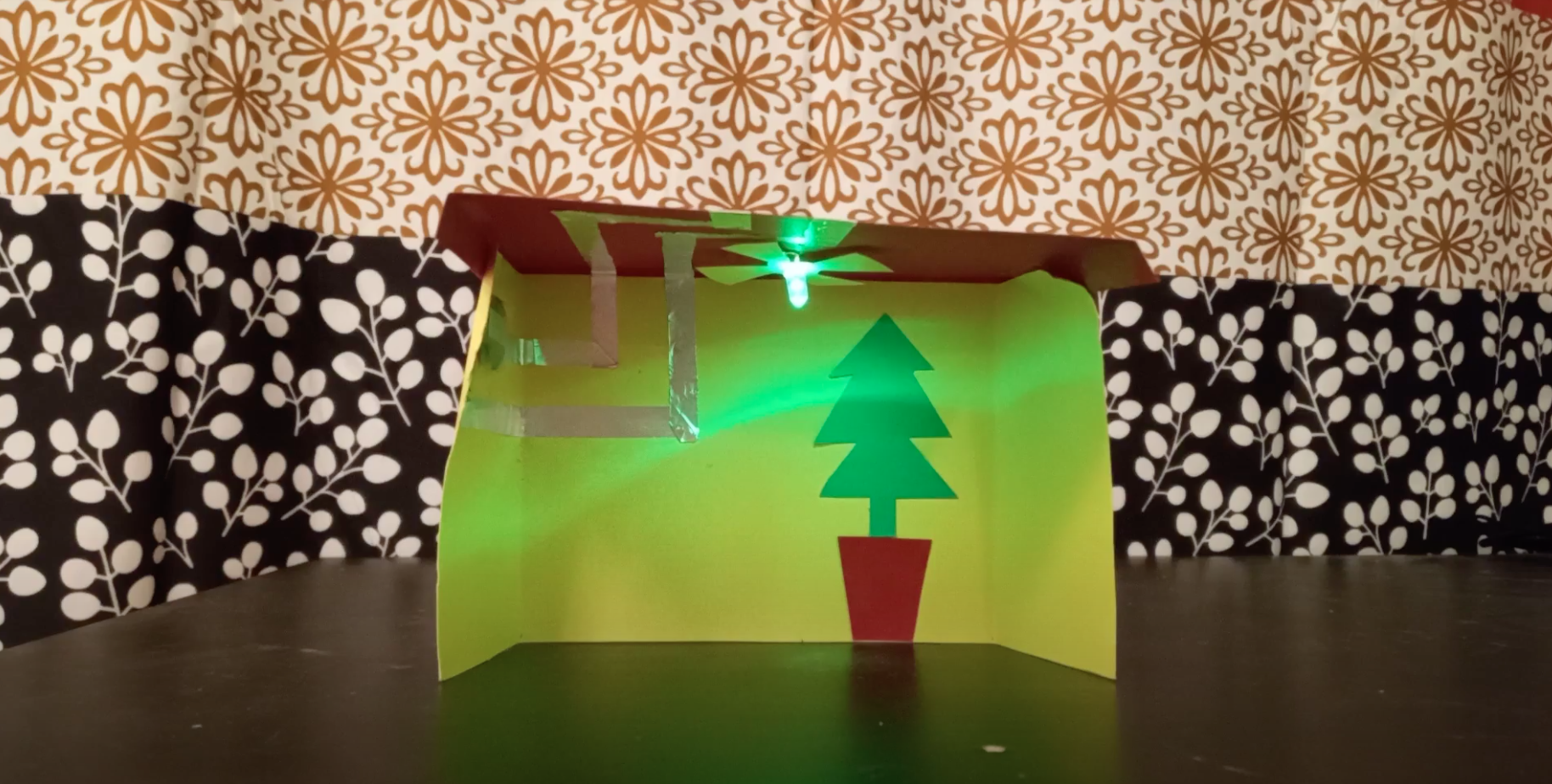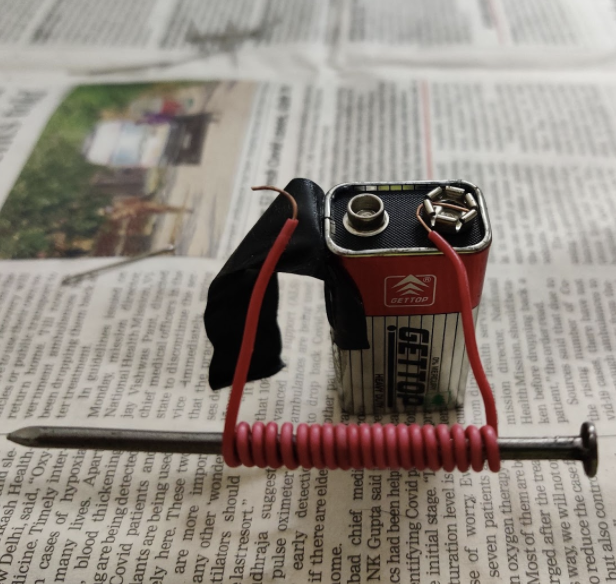This activity introduces making a paper circuit that describes our surroundings and activities. An example used in this guide is of a greeting card with a camera design that lights up with help from a simple circuit.
Learning goals
- To learn to make and use simple circuits.
- Develop communication, problem-solving, and critical-thinking skills.
Activity Resources
paper-circuits-activity-guide-english.pdf
paper-circuits-facilitation-guide-english.pdf
paper-circuits-demo-video-1.m4v
paper-circuits-demo-video-2-english.mp4
Materials Required
- Cardboard papers
- Aluminium foil (alternatives: copper tape, aluminium wires)
- LEDs
- 3V batteries
- A pair of scissors
- Adhesive tape
- Glue
Age Groups
This activity is suitable or recommended for ages 10 years & up.
Facilitation Tips
- Before introducing the activity, demonstrate 2-3 simple and complex paper circuits. Ask questions while showing:
- What is a circuit and what can you do with it?
- How does the circuit in the display will work, or the light in it will glow?
- How many types of circuits have you seen around you?
- Where have you seen a similar circuit like the one shown in the project?
- Where else have you seen LEDs and batteries used in this circuit?
- Introduce the activity using the activity guide in a PDF format, demo video, and voice note. You could encourage participants to make something using a paper circuit that describes a surrounding or an activity. It could portray an event or festival students like, their favorite artifacts at home or in school they attend, etc.
- Encourage participants to use the paper circuit shown in the video only as a reference and personalize their creations.
- Explain the workflow briefly for a series and parallel circuit. Talk about everyday examples (e.g., house wiring, Diwali/Eid lights, etc.) where a series and a parallel circuit are in action.
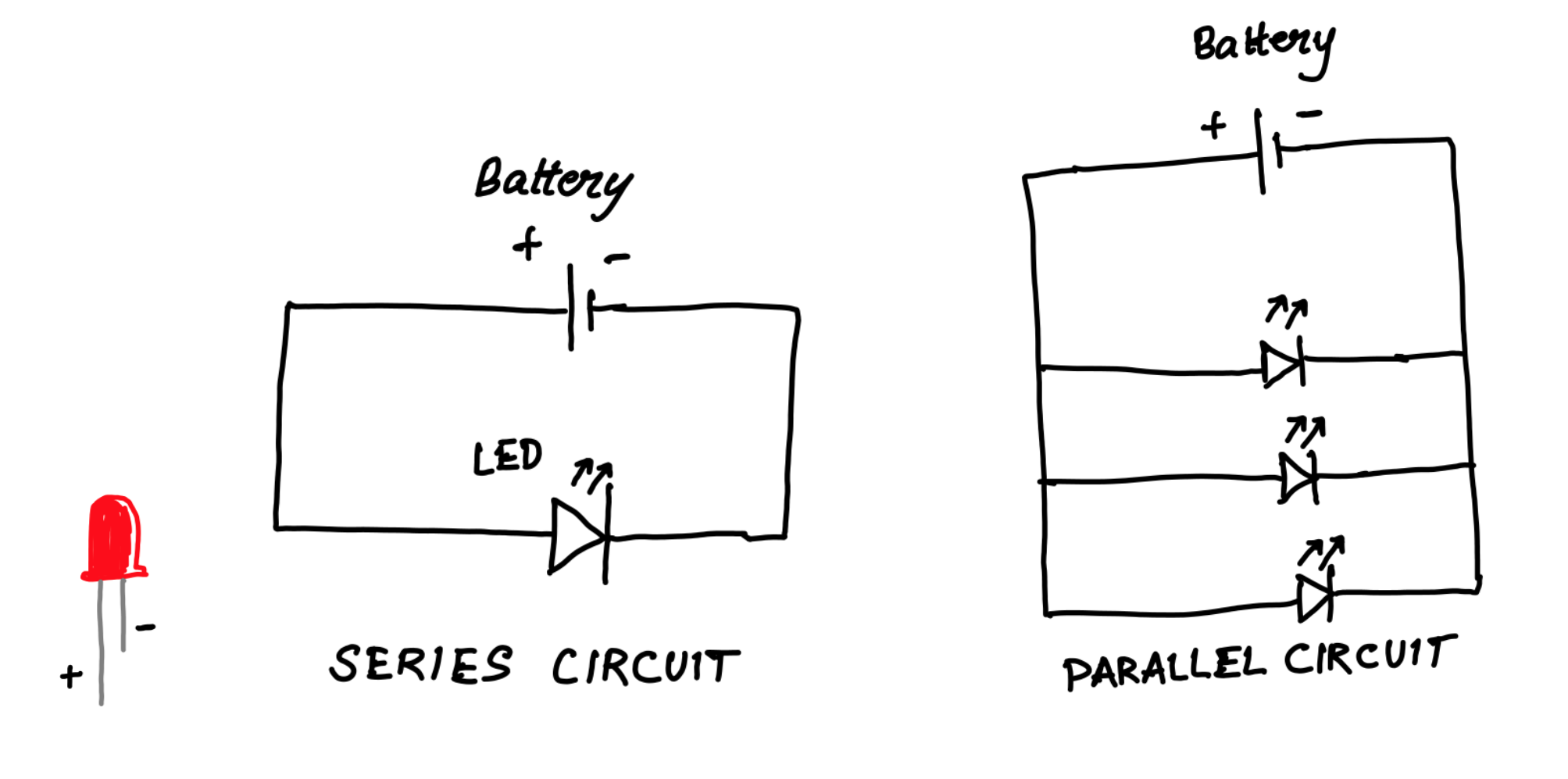
- Motivate participants to try complex iterations on their project and personalize it even further by sharing demo video 2 (of a paper circuit home). As a follow-up, ask if they can relate the demo video's circuit to a one they have seen in their home.
Browse through the facilitator guide for tips and tricks to engage participants in maker activities in a virtual or physical learning space.
Inspiring inventors
Jie Qi is an artist, educator, educator, and entrepreneur. She is the founder of Chibitronics, a US-based company, and developer of circuit stickers for children to be able to learn electronics interactively and express their creativity through making playful electrical circuits.
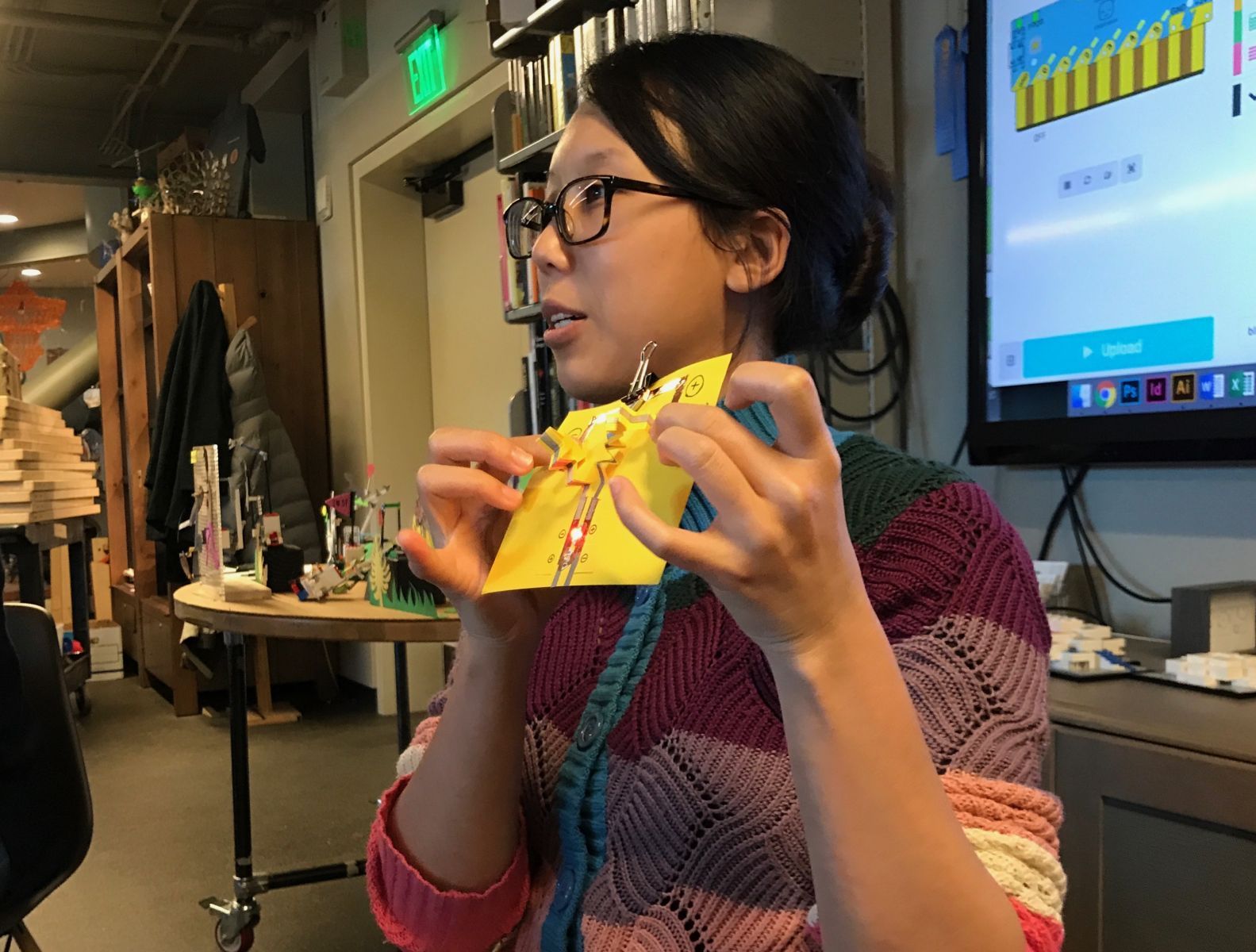
Inspiring examples
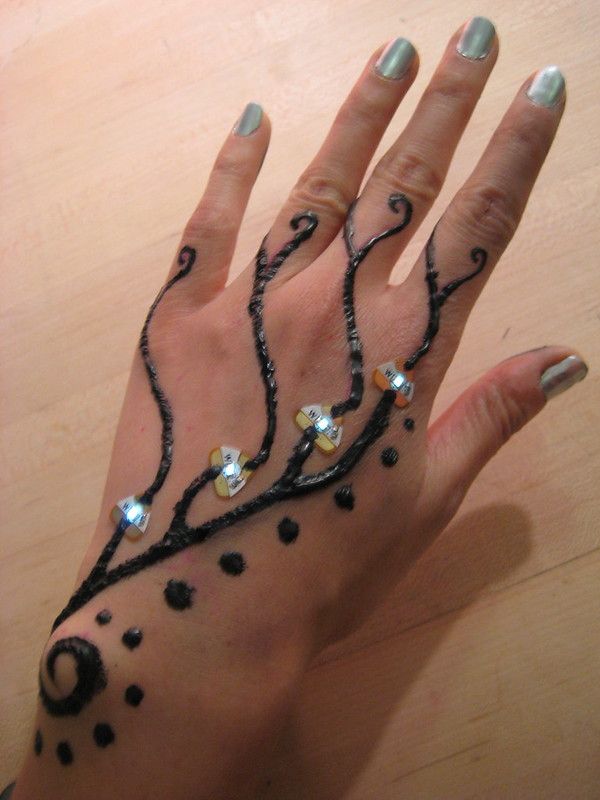
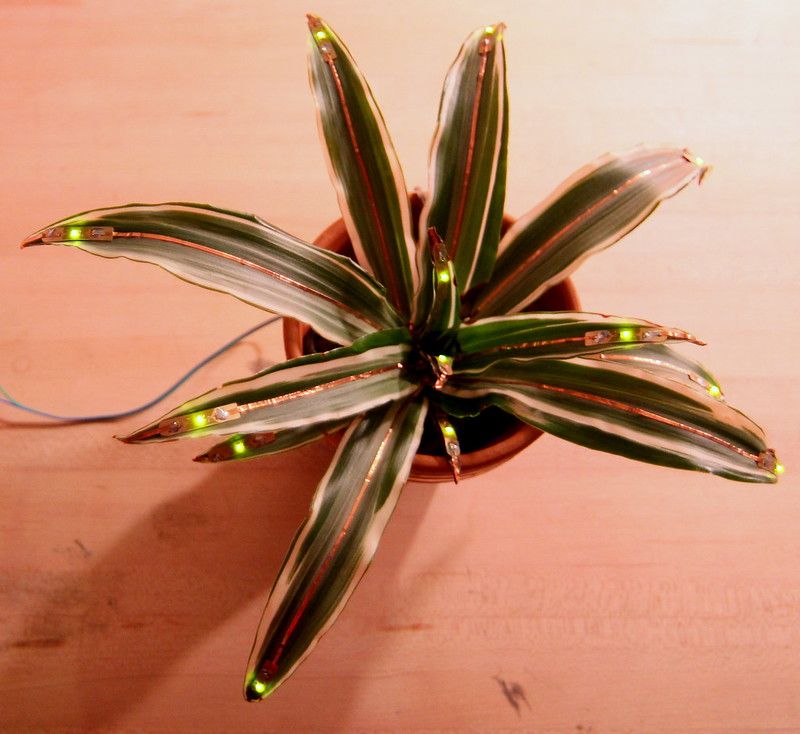
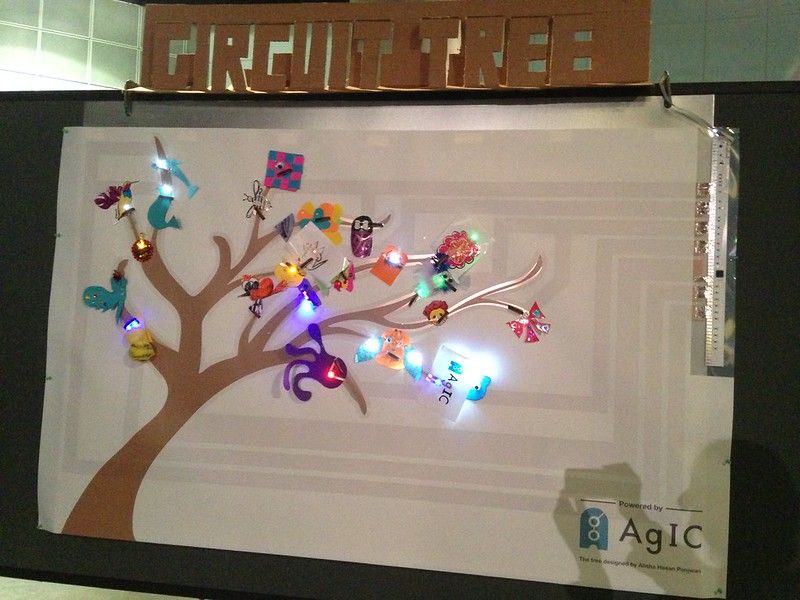
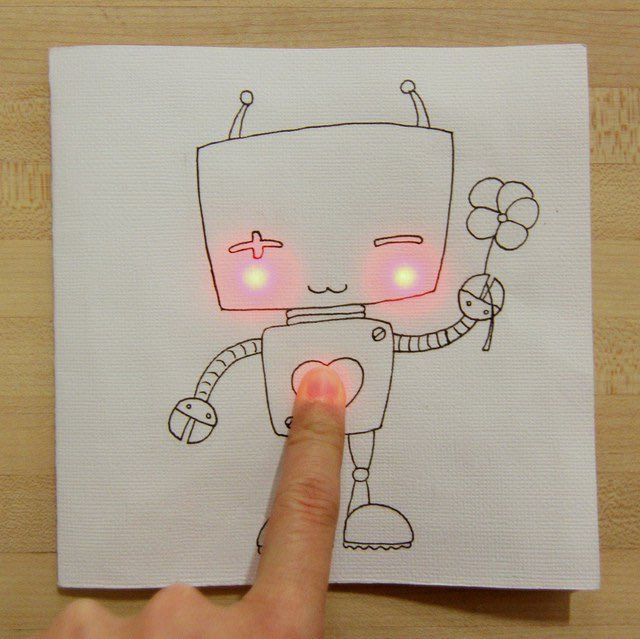
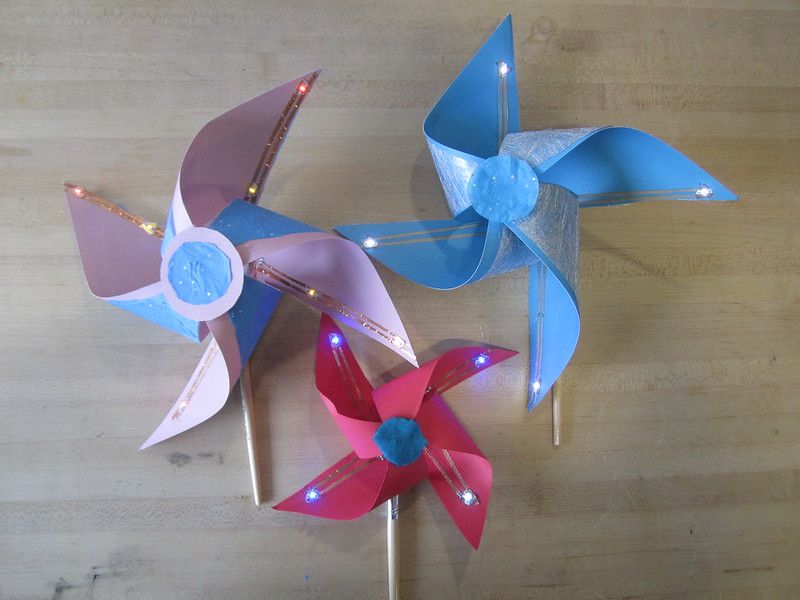
Contributors
 Mihir Pathak, Learning Facilitator (Unstructured Studio)
Mihir Pathak, Learning Facilitator (Unstructured Studio)
 Suchakra Sharma, Co-Designer (Unstructured Studio)
Suchakra Sharma, Co-Designer (Unstructured Studio)
Credits
- Based on the Tinkering Studio’s Paper Circuits Activity Guide.
